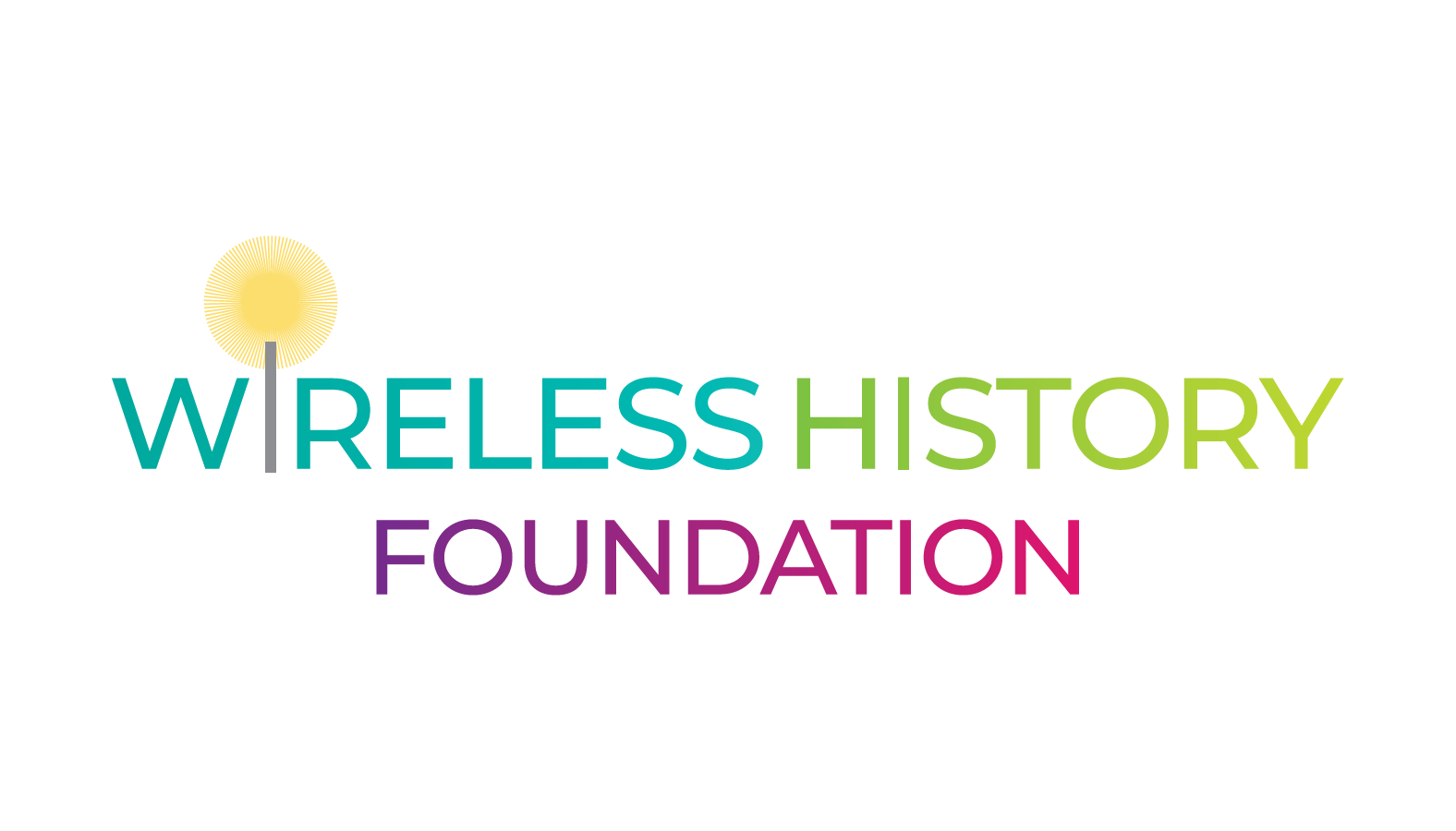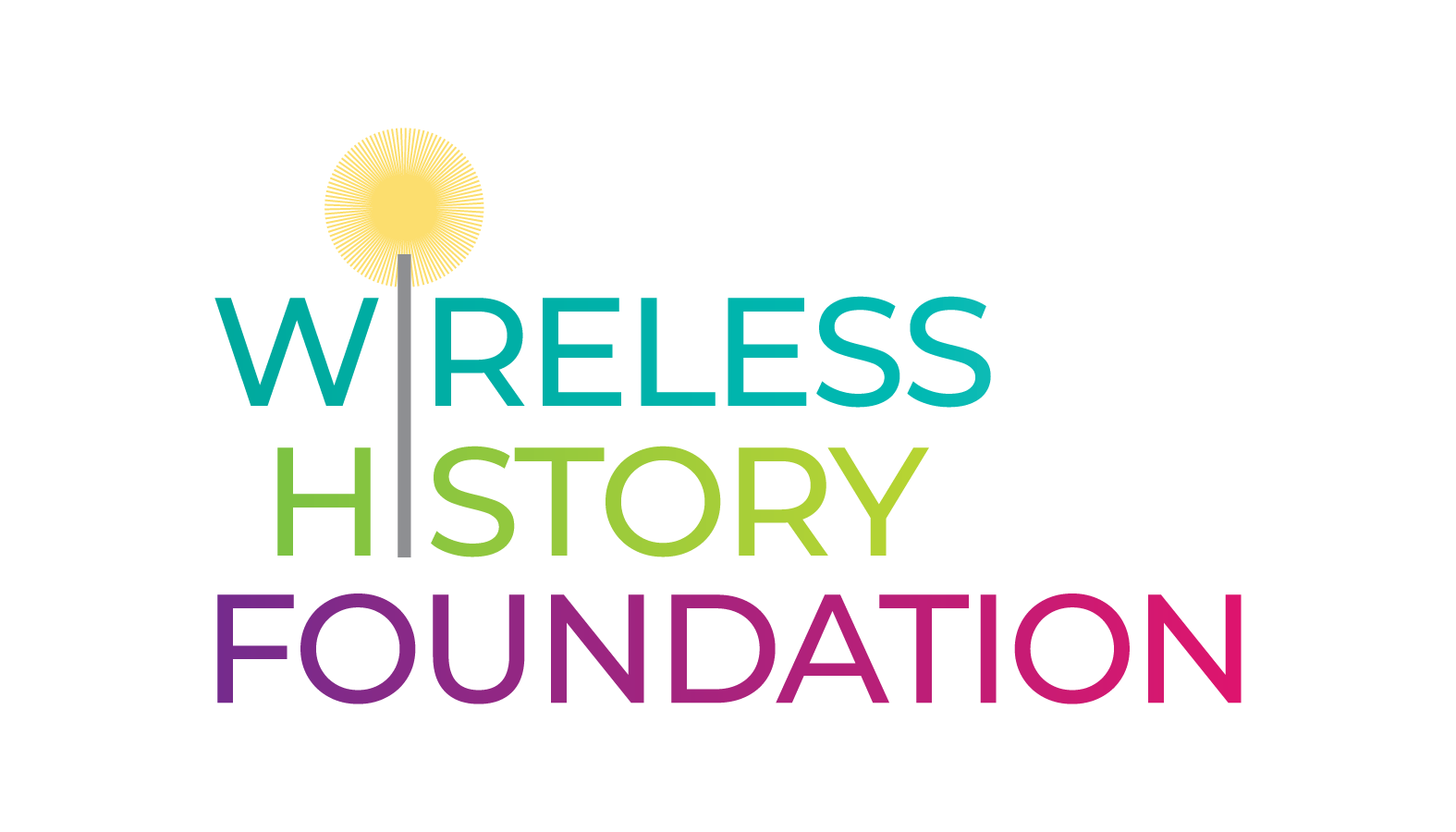The 1984 Olympics in Los Angeles may remind us of Carl Lewis and Mary Lou Retton, but cellular communication was a big player at these games as well. In its infancy, the cellular market was only a few months old, having markets started in October 1983 in Chicago and in December 1983 in Baltimore and Washington D.C.
The 1984 Olympics in Los Angeles may remind us of Carl Lewis and Mary Lou Retton, but cellular communication was a big player at these games as well. In its infancy, the cellular market was only a few months old, having markets started in October 1983 in Chicago and in December 1983 in Baltimore and Washington D.C.
In anticipation of the Olympic Games in Los Angeles, future cellular carriers pushed the FCC to issue licenses in time for them to build systems to serve the Olympics and the first Los Angeles license was granted in the spring of 1984. A cellular system was soon under construction and was operational in time for the 1984 games. On June 13, as the Olympic torch was being relayed across the country by over 3,600 runners, L.A. Mayor Tom Bradley placed a call on the new PacTel system to the runner carrying the Olympic Torch through Dallas, Texas. The service was marketed for PacTel Mobile Access, an AT&T subsidiary, by Advanced Mobile Phone Service, Inc., in Van Nuys, CA.
To describe this new wireless communication to the public, an article in the January 1984 issue of Automotive Fleet magazine explained, “Cellular technology was developed by Bell Laboratories to make more efficient use of the limited radio frequency spectrum. It is based on a series of low-power antennas, or cell sites, arranged in a network of cells and connected to a central, computerized switching office. As the caller moves from one area of the city to another, the computer hands off the call to the appropriate cell site. This system greatly increases the number of mobile telephone customers who can be served, and reduces one of the problems closely associated with car-phone use, that of frequent busy signals. The cellular service will offer an increased capacity of 666 channels” and the “communication quality is equal to a typical home or office phone and, cellular is not subject to static.”
Costs were a big issue and cellular equipment initially seemed available only for high end customers. Installation cost about $2,500 which bought the handset for the car, plus the transmitter-receiver, known as a transceiver, and an antenna. Costs were up to $4,000 for a truly mobile phone (not in car). For the service in 1984 Chicago Ameritech Mobile Communications charged $22 per month as a basic fee for access to the system and 22 cents to 38 cents a minute, depending on the time of day. Long-distance tolls were extra. In Washington, Bell Atlantic Mobile Systems charged $25 a month plus 27 cents to 45 cents a minute. Costs of phones in cars also impacted the rental car industry. Car rental companies equipped their fleets with Dyna T.A.C. Cellular Mobile Radio telephones manufactured by Motorola, Inc. The on-hook call processing, meant the driver could leave the handset cradled while placing a call, only needing to lift the handset if the party answered.
Prices on both equipment and services would come down, not only as more cities entered the market, but even more because of the large numbers of people quickly buying cellular handsets. After the successful XXIII Olympic games, cellular customers numbered over 15,000 in Los Angeles. This signaled the beginning of a huge market for cellular phones and the wireless industry has been on a rapidly growing trajectory ever since.

